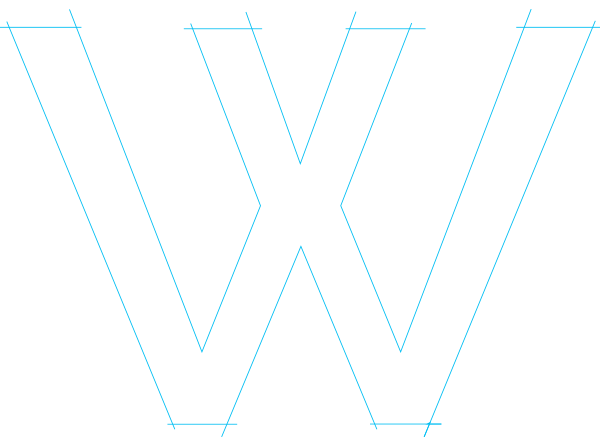WordPress Is Not What You Think
9 out of 10 of the people I talk to (and think they know what WordPress is) are wrong, at least to a certain extent. The reason is that there are certain misconceptions about it – some even created by people in the web design and development industry – because not everybody wants to take the time and explain it properly. Believe it or not, there are even people that have WordPress (WP) sites and still don’t understand what it is. You’ll hear that it’s a site builder, or a template, or both, when in fact that’s like saying that a TV remote control is a TV – not the case.
With that in mind, let’s start with what WordPress is not, and knock out some misconceptions. WordPress is not a website template. There is no WordPress “look” because just about any site on the entire internet could potentially be a WordPress site, regardless of how it looks. There are no special WP functions or characteristics —like being mobile friendly or dynamic—because those features have nothing to do with “Wordpress”. Anyone who tells you differently, well, just point them to this article and smile because you’ll know better.
WordPress is a CMS—a Content Management System. Basically, when set up and properly integrated into a website, it can allow non-technical users to edit their websites via a visual editor, like Word. Back in the dark ages of the Internet (prior to the late nineties), only people who knew how to read and write code could edit and update websites. If you hired Winkle’s Design to build you a great website, then whenever you wanted to change something about it (maybe update text or images), you would have to go back to Winkle’s and have the company edit the site’s code. The introduction of CMSes changed all that.
A CMS (like WordPress) doesn’t even really enter the picture until a site has already been built—you can’t manage the content of something that doesn’t exist yet. So, while the easy-to-understand visual interface makes editing a site easy, it doesn’t have to have anything to do with the creation of the site itself. When building a custom site, the first steps are to design it in Photoshop (as a picture) and then code it in HTML and CSS (as code) – and that is when we create a website’s look or make it mobile-friendly and responsive.
After the design and (frontend) code is done – that’s when we introduce WordPress to the equation, for the purposes of making the site editable. The editing interface can look at lot like Microsoft Word—and allows our clients to edit content without having to learn how to code. They click and type, or hit a simple Upload Image button and drag and drop to add a picture. And while we wish we could claim WordPress as our personal secret Weberous weapon, it’s obviously no secret!
WordPress is by far the most popular CMS; twenty-five percent of all websites use it—that’s nine times more than the next most popular CMS, Joomla. It’s extremely flexible, and a good agency that specializes in it can make it do just about anything they want. We’ve built informational websites, membership sites, directories, crowdsourcing platforms, and media contests all made editable and controllable through WP, so we can certain attest to that!








